|
It was considered necessary to construct this page due to the publicity on the house prior to its sale on the 16th February 2008. The house was the setting for the cult film Withnail & I. Because of the connection of William Rawes to the Hall, I have re-examined the data that links William Rawes to this house.
|
||
|
Like most dale farmsteads, the origin of the property is unknown. It would originally have been a classic Lakeland longhouse with barn at one end. Its interior is similar to Hollowgate on the Shap Fells where the staircase rises from the front door to meet an upstairs corridor running along the back wall. It has been altered and added to over the centuries and would have had a face lift, probably sometime in the nineteenth century, when the facing was added. The roof on the main part of the property is made up of the finest quality green slate, probably quarried in the neighbouring Mosedale. The track that goes past the house wends its way up and eventually out of the dale and on into the remote Mosedale with its single cottage situated below a large quarry. The first fixed date is in 1802, when a survey titled 'Lowther Hall farms' (Documents relating to Rawes Lands). It appears that Sleddale Hall was at that time in the ownership of the Lowther's. It is not clear whether the property stood apart or included other tenanted houses that clearly existed in the dale. The question must also arise as to why the surveyors could gain so little information about the property; does this suggest that it was not occupied at the time? The Shap Registers of 1746 and 1750 list a Thomas and Katherine Graham as of the hall (Houses in Wetsleddale). In 1755 William Rawes is styled of the hall. By the late eighteenth century, properties were often subdivided so it is not inconceivable that the Rawes and the Graham families shared the Hall.
Christopher Barnett and his family, born 1821, moved into the house sometime after 1871. He farmed the property until shortly before 1991 by which time he was styled 'retired'. He died at the Hall in 1906 and left the property to his son Samuel and his unmarried stepson Thomas. In 1911 Samuel, his stepson Thomas with 1 servant and 2 students were living in the property. Thomas Barnett, born 1786, and wife Elizabeth lived firstly in Scouts Green, farming 17 acres. In 1841 he was farming at High Seales, his son William, born 1811, farmed next to him. Thomas`s youngest son Christopher, born 1821, farmed Scouts Green, farming 40 acres on 1851 & 1861 census. Sometime after 1871 he was farming 160 acres at Salterwath. He then moved to Sleddale Hall with his wife, children and step children. Information of this family and their connection with Sleddale Hall has been given by Christopher Barnett's descendant Pat Phillips. It is not known who was the freehold owner of the property prior to 1920.
In 1920 property was acquired by compulsory purchase by the Water board prior to the construction of the reservoir. From the Telegraph article sited below, the Harrisonís were in occupation in the 1950's and their tenure probably extended back to the 1920's. The family have long been resident in the dale. The Harrison family taken by the following pictures:-
|
||
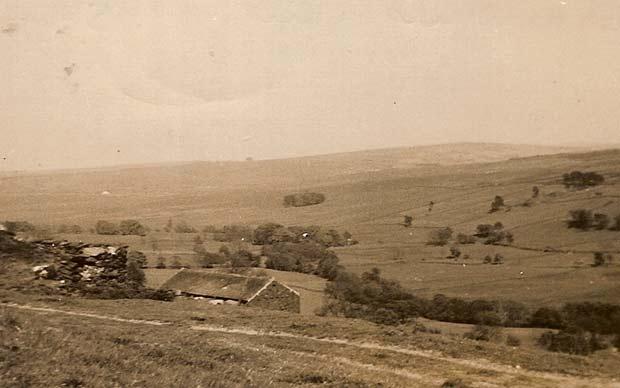 Taken in 1950's |
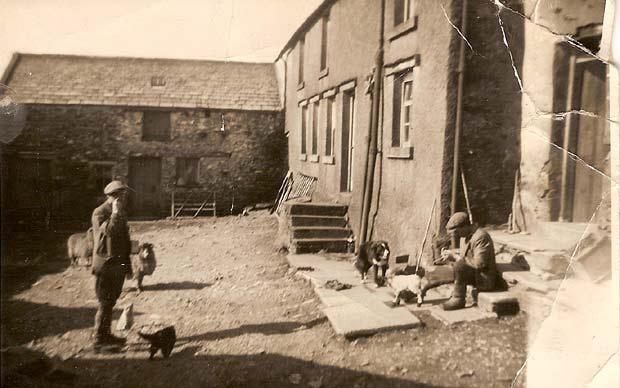 Taken in 1950's |
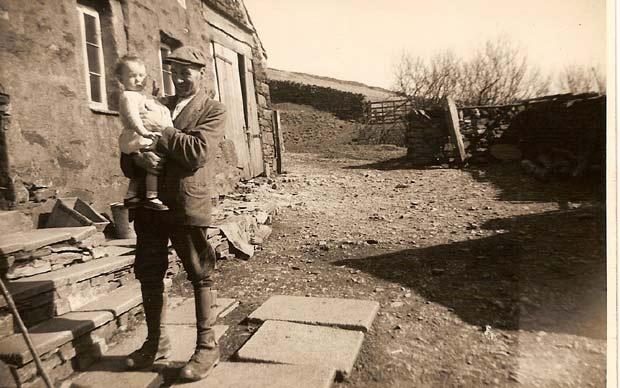 Taken in 1950's |
|
Both the photographs above and the following was taken from an article in the Daily Telegraph and reproduced on the Internet.
William Rawes 'husbandman', married, by Bond and Licence (Marriage bond & Licence) Isabel Wilson at Selside Church in 1736. Isabel was styled 'of Longleddale' and was the daughter of Robert Wilson of Hollin Root in Longsleddale. Robert Wilson had leased the Wrengill Quarry at the head of Longsleddale in 1724. Slate was becoming highly profitable and was bringing a good deal of wealth into an otherwise relatively poor area. Robert Wilson was to play a prominent part in the young couples lives and very likely introduced William to the quarrying business. The origin of William is unknown or rather, unproven. Naming tradition within the family suggests that he was a son of Richard Rawes of High House in Borrowdale on the Shap Fells, the Rawes family was long resident there. It is believed that William and Isabel moved into Wetsleddale sometime between their wedding in 1736 and the baptism of their second born, Robert in 1740, from which time onwards he was styled as 'of Wetsleddale'. William and Isabel's first child Agnes was baptised in Long Sleddale in 1737, presumably born at the home of Isabel's parents, a traditional practice for the first-born. Unfortunately the Register's do not record the residence within Wetsleddale except that is in on the baptism of his daughter Betty in 1755, when he is designated as 'of Wetsleddale Hall'. It is this single fact that connects the family with the Hall, or part of it. In 1743 there was an auction of the goods and chattels of John Atkinson (Documents relating to Rawes Lands). The auction took place upon the farm Sleddale Demesn(sic), which belonged to Viscount Lonsdale, is this Sleddale Hall? William bought a yearling why, a 2-year-old why slick, a cow and a bay gelding. In 1745, Bonny Prince Charles and his army passed through Shap as it wended its way down and then back up the great north road. This must have been an interesting time for William and his family. In the Rosgill Book of Pains, under the year 1748 (Document relating to William Rawes) , William is described as 'Yeoman', and was taking possession of a dwelling house etc. within the dale, unfortunately unnamed, but hitherto belonging to Rowland Noble. Rowland is described as of Orton but his family were long resident in Wetsleddale, chiefly at New Ing and The How, (Houses in Wetsleddale). Along with the house he acquired lands called High Close, William Field, Mab Close, and a part of Instack. An article published in CWAAS (CWAAS article) indicates that William was in control of the Mosedale Quarry and that William his grandson took over the management of the quarry. In two documents dating from 1759 and 1770 (CWAAS article) both William and his son Robert are styled of 'Green' in Wetsleddale. 'Green' is probably the present Green Farm but could refer to Cowper Green, a farmstead on the other side of the Lowther. Robert's son Gerard is recorded as living at Cowper Green in 1798. By the 1840's both Cowper Green and Thorney Bank are owned by the Rawes family and are left by William's grandson Richard to the Hudsonís' (Will of Richard Rawes, Mayor of Kendal), this would lend support that it is Cowper Green. In the 1780.s, William and Isabel's son William Wilson Rawes and Esther his wife are living a Sleddale Head. Sleddale Head has been tentatively identified as the present barn situated immediately below the Hall, was this where William was living in 1755, and the two buildings known collectively as Sleddale Hall? William Rawes, the progenitor of a large family, a Yeoman and a quarry manager, was buried in Shap churchyard in 1768. When Isabel died in 1790, she was living in Rosgill, probably in the home of her daughter Betty, the wife of Isaac Hodgson.
Following is a collection of photographs, mostly of the interior of the Hall taken during the 1980's and early 2000's.
| ||
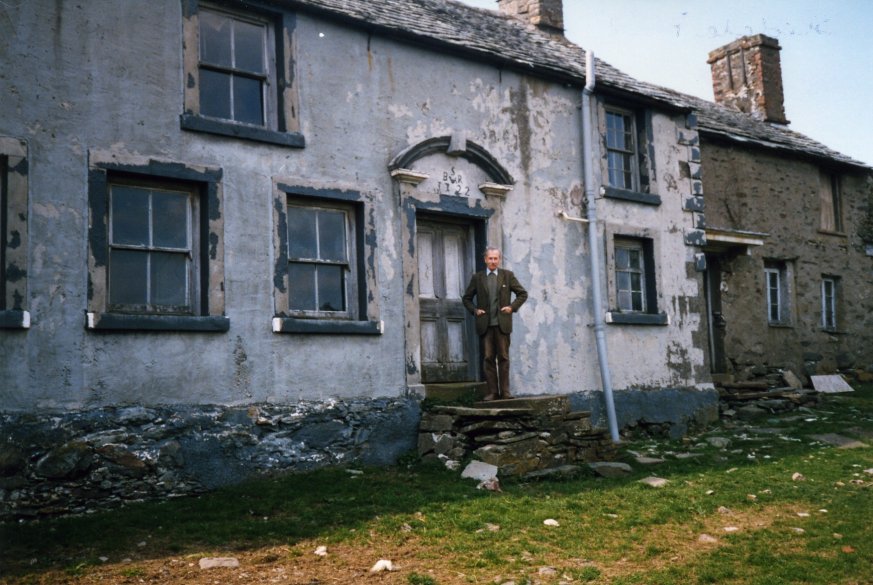 Taken 29-04-1988 with Bernard Rawes |
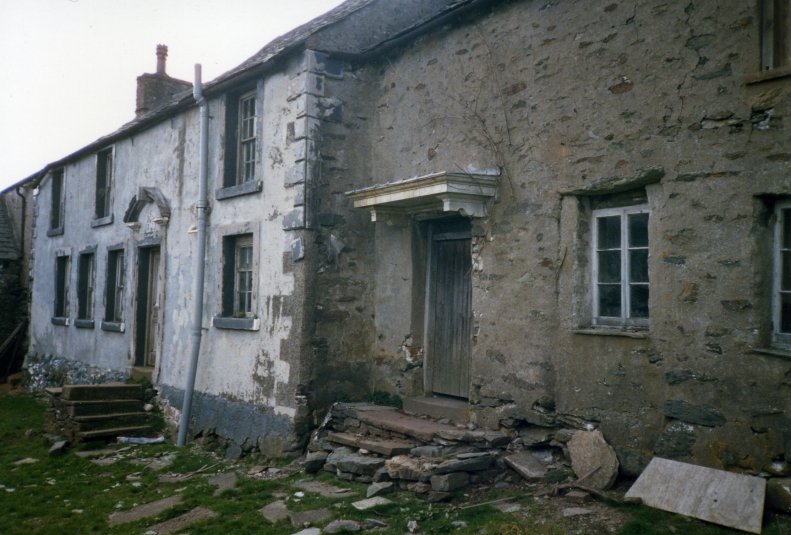 Taken 29-04-1988 |
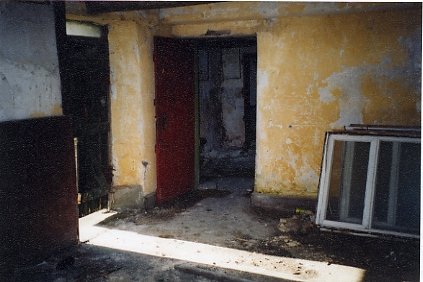 Taken 29-04-1988 |
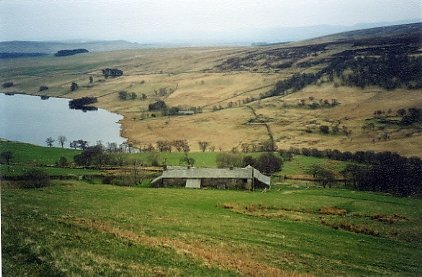 Taken in 2003 |
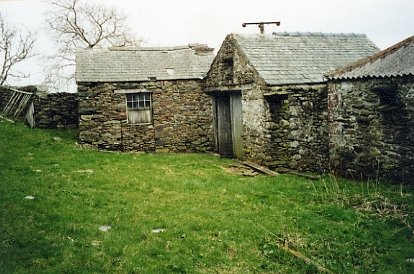 Taken in 2003 |
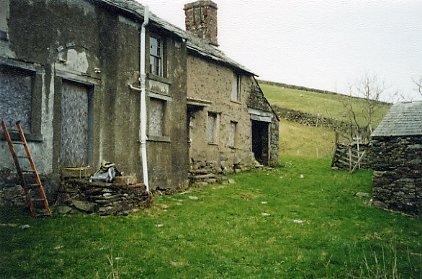 Taken in 2003 |
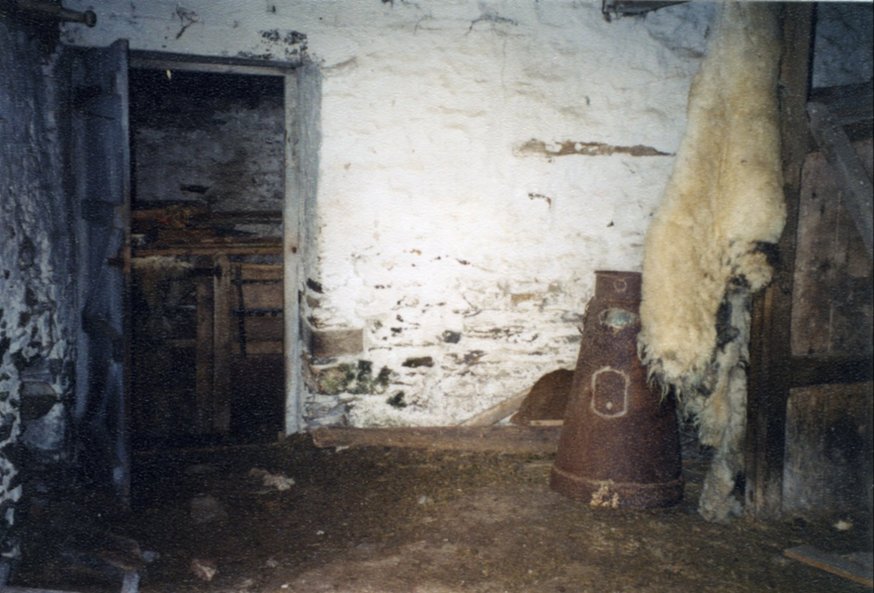 Stables taken in 2001 |
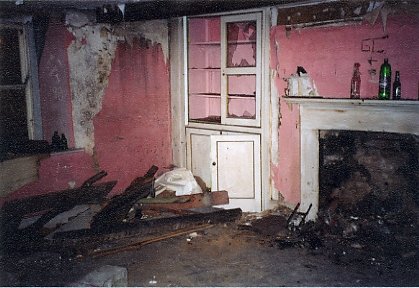 Living room taken in 2003 |
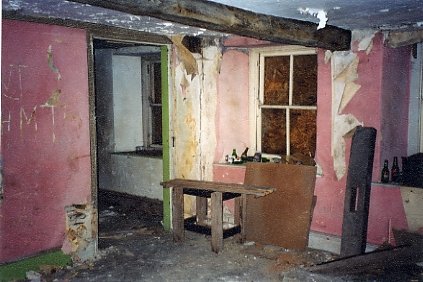 Living room taken in 2003 |
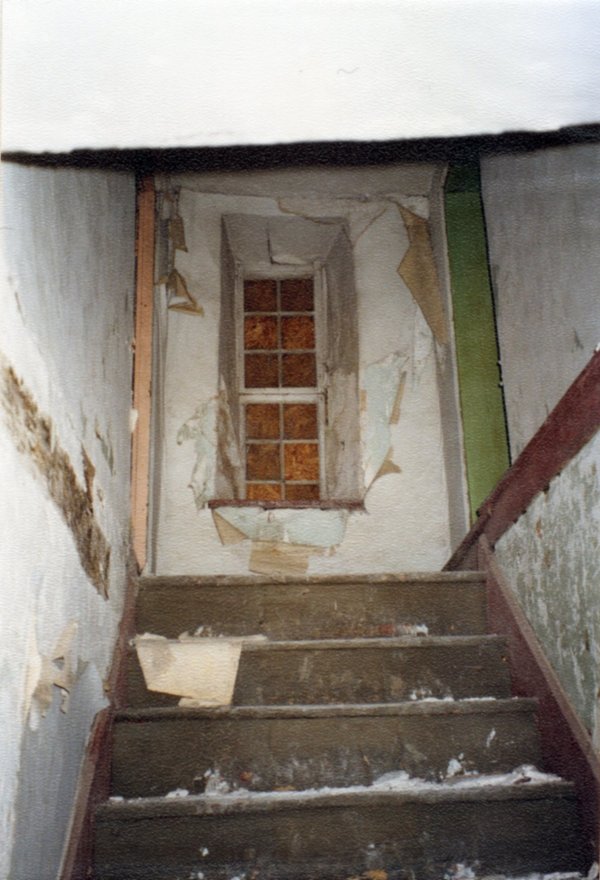 Stairs taken in 2001 |
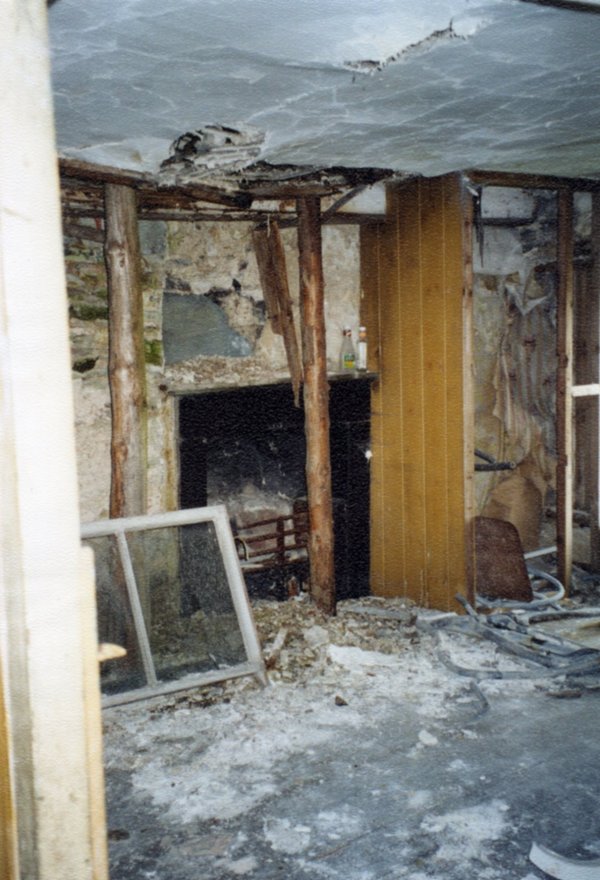 Bedroom taken in 2001 |
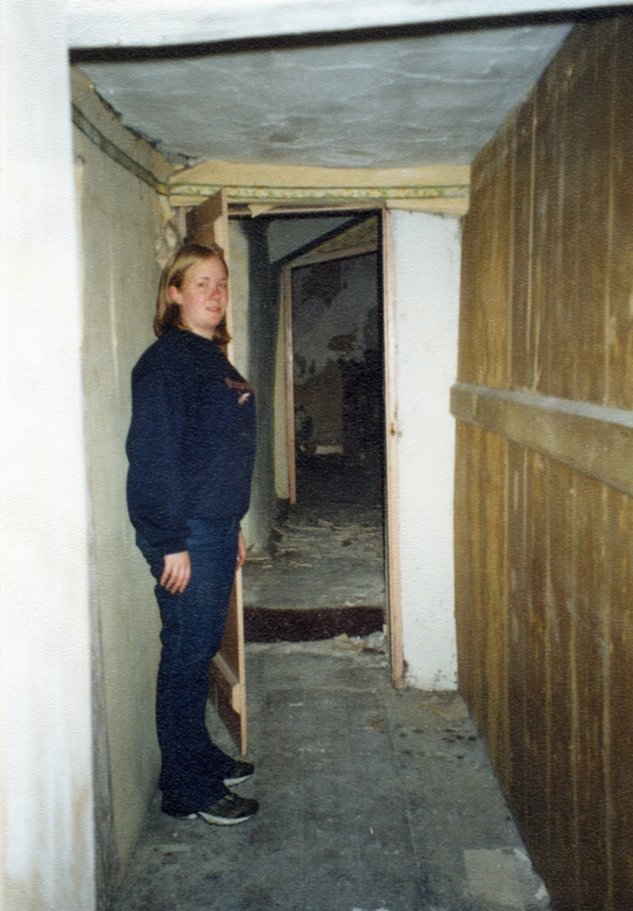 Taken in 2001 with Rowena Rawes |
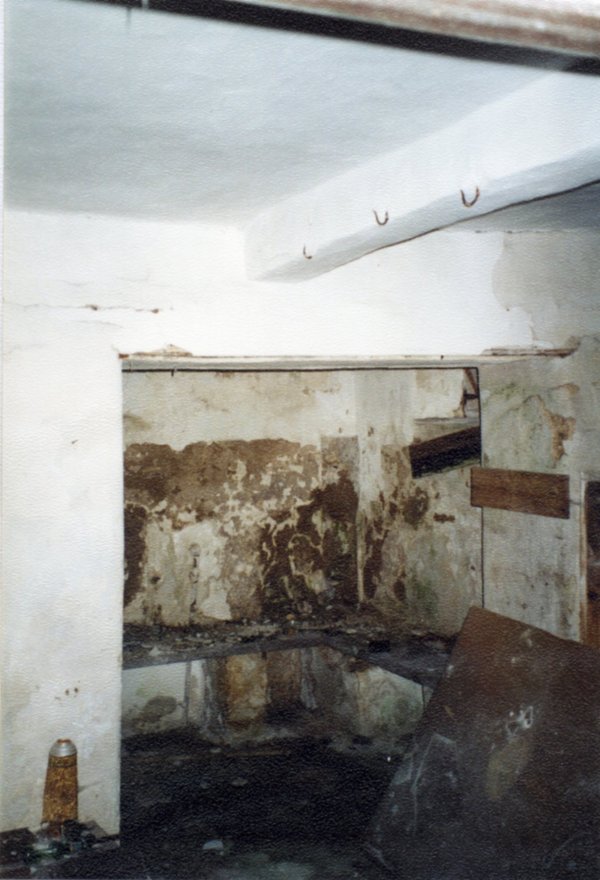 Scullery taken in 2001 |
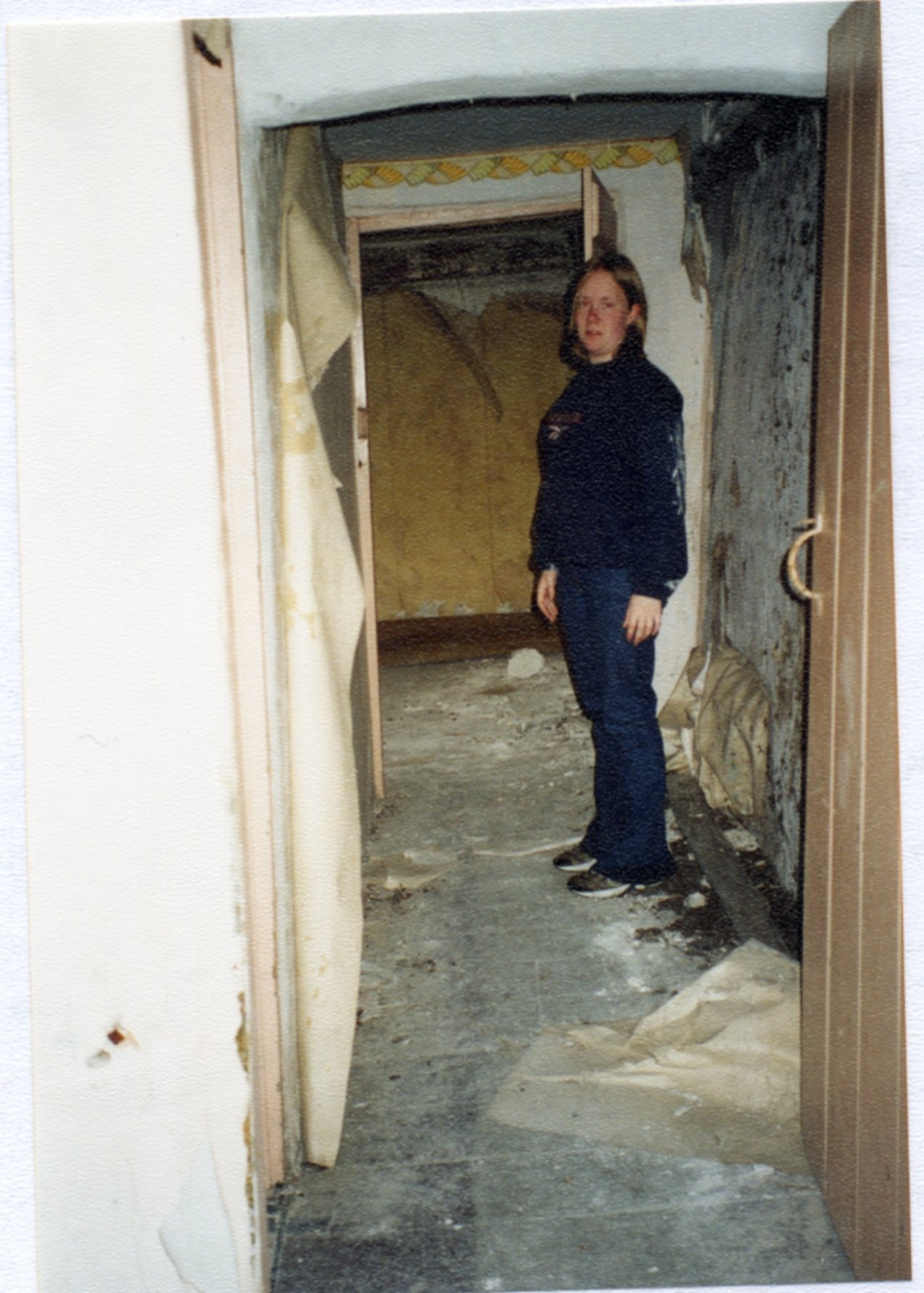 Upstair corridor taken in 2001 with Rowena Rawes |
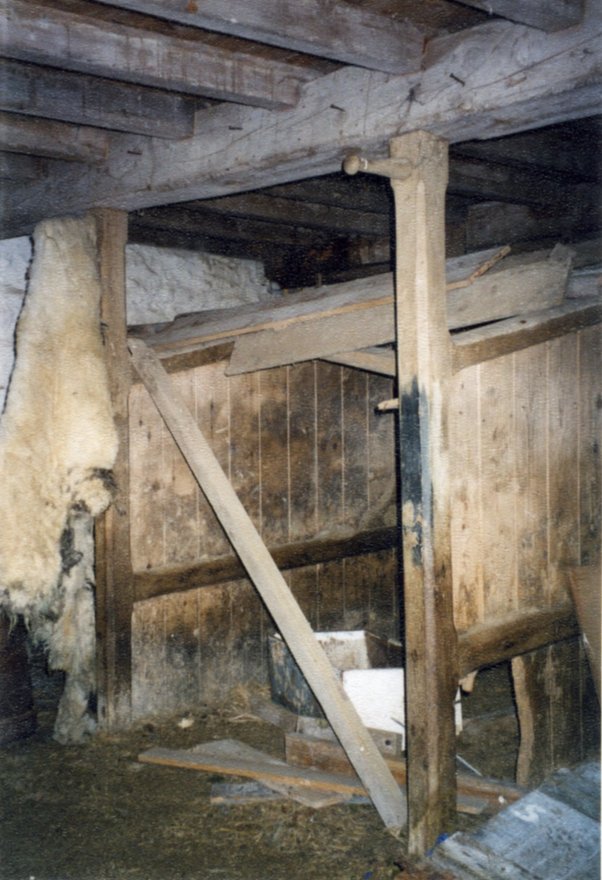 Stables taken in 2001 |
 Kitchen taken in 2003 |
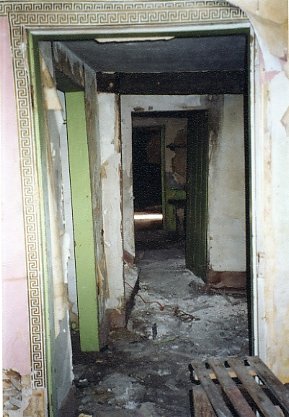 Downstairs corridor taken in 2003 |
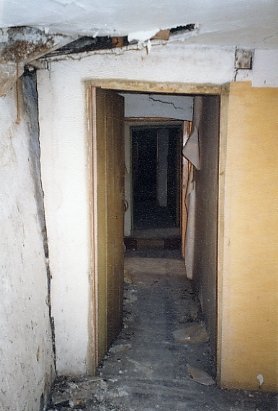 Upstairs corridor taken in 2003 |
 Kitchen taken in 2003 |
 Downstairs corridor taken in 2003 |
 Upstairs corridor taken in 2003 |
| rh0001 - Written by Julian Rawes, 2009, additions 2016. | ||